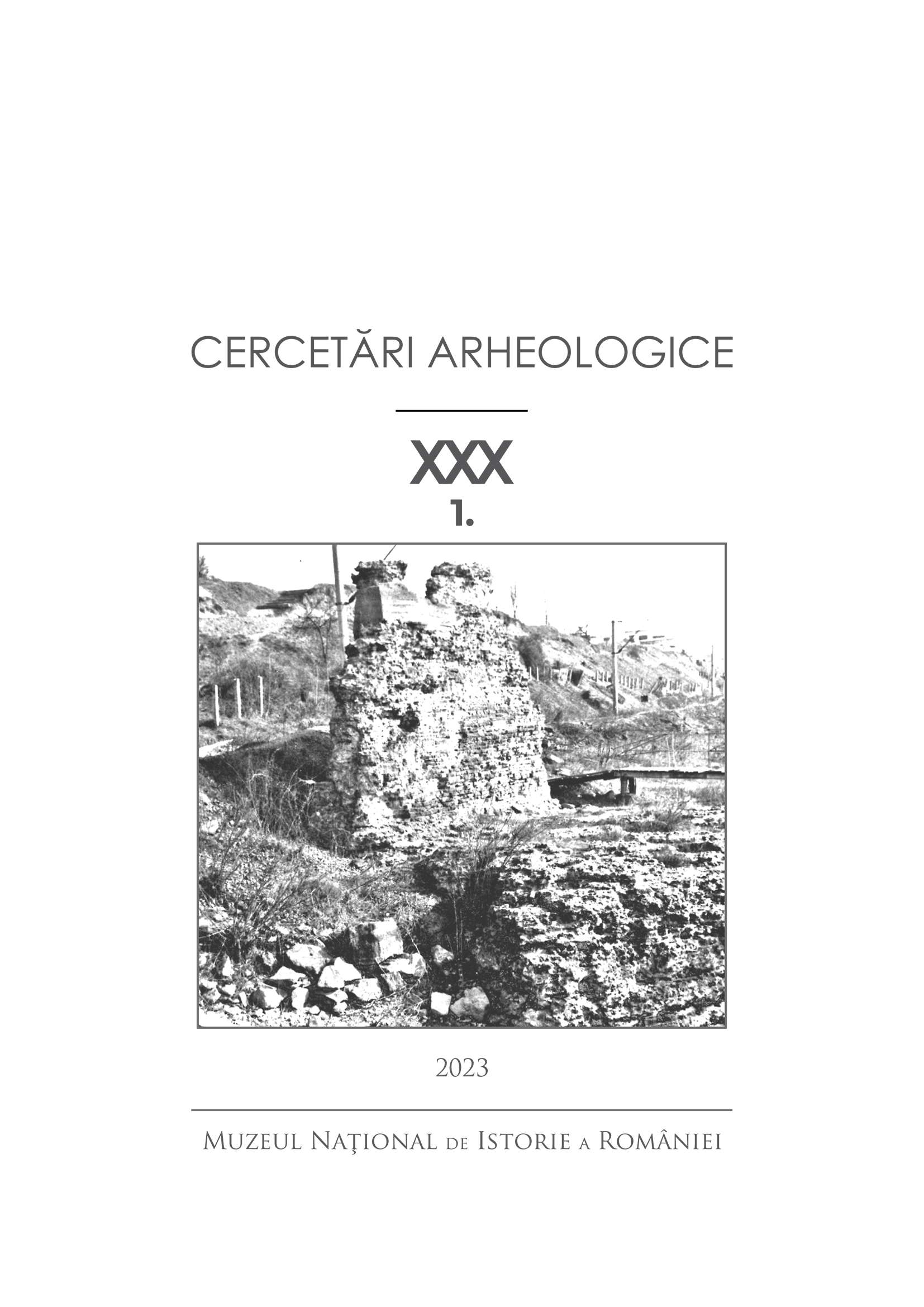Investigating the representation of the Lydian delegation in the reliefs of the eastern staircase of Apadana (case study: vessels and jewellery)
Investigating the representation of the Lydian delegation in the reliefs of the eastern staircase of Apadana (case study: vessels and jewellery)
Author(s): Vahid Azadi, Karim Hajizadeh Bastani, Habib Shahbazi ShiranSubject(s): History, Archaeology, Social history, Ancient World, History of Art
Published by: MUZEUL NAȚIONAL DE ISTORIE A ROMÂNIEI
Keywords: Eastern staircase; Lydia group; Amphora; armlet; Griffin; Ceremonies;
Summary/Abstract: The eastern staircase of Apadana – the Royal Achaemenid Audience Hall at Persepolis was decorated with numerous reliefs depicting various people subjected to the king’s rule, paying homage and bringing gifts. Among these, the Lydian group is one of the delegations carved in the lower part of the staircase. This group was led by one of the officers of the Achaemenid court. The participants carried amphorae, bowls and armlets and were also bringing horses and a chariot. The amphorae and arm rings were represented distinctly with beautiful and unique animal decorations. The purpose of the following research was to identify the metal prototypes of the goods represented as carried by the Lydian group (amphorae, bowls, arm rings) and to illustrate them with artefacts housed in important museums of the world. This research was carried out by descriptive, analytical, comparative and field visit methods. It also used the method of referring to domestic museums and websites of foreign museums, reviewing documents and historical texts. The research concludes that the gifts carried by the Lydian group on the eastern staircase of Apadana, including amphorae, bowls and arm rings, had ceremonial usage, sometimes also being used in important court parties. Animal decorations in the form of griffins were used on the handles of amphorae and rings, which have their roots in the mythology of ancient Iran and other Achaemenid nations. Achaemenid artists developed it after modelling this type of decoration from other nations. This type of decoration (griffin) has been used to decorate jewellery, luxury items, seals, textiles, reliefs etc. The goods carried by the Lydian group as represented on the eastern staircase and some of its metal prototypes were used by the wealthy class of Iranian society in the Achaemenid period.
Journal: Cercetări Arheologice
- Issue Year: XXX/2023
- Issue No: 1
- Page Range: 45-60
- Page Count: 16
- Language: English

